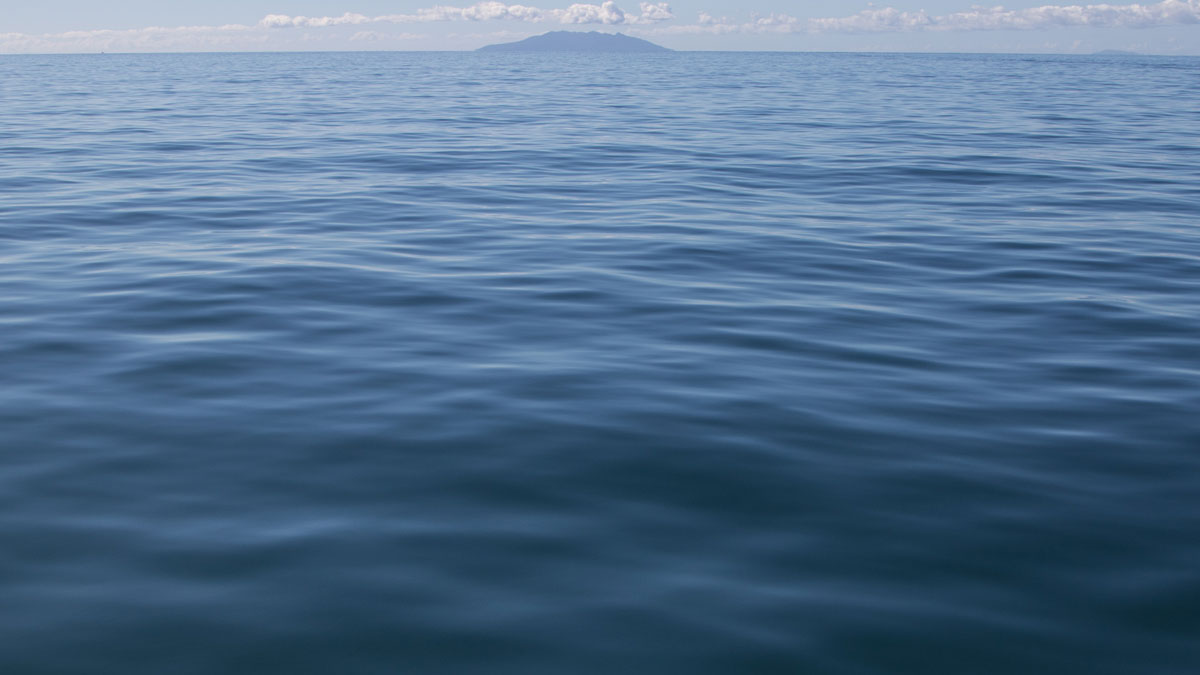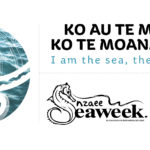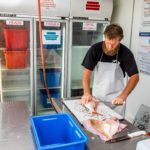This book is not a natural history of the Hauraki Gulf; it is an environmental, social and cultural history of our association with this remarkable place. It describes the impact that the Hauraki Gulf has had on us and the impact that we have had on it.
The culture and knowledge base of the numerous Māori groupings who lived around the Hauraki Gulf’s shores developed as a result of their long association with the place. They learnt to treat the Gulf with care and it sustained them for centuries. Early European settlers saw the Gulf largely as a place from which to exploit resources: kauri, flax, minerals, sand and fish, as well as a place to dispose of unwanted things: sewage, waste, old vessels and harbour dredgings.
Until relatively recent times, the Gulf was the highway, the primary way that people travelled from place to place. From the very first settlement, the islands of the Gulf were stopping-off places for waka travelling up and down the coast. The coast was later festooned with cutters, schooners, mullet boats and scows. The Hauraki Gulf became the maritime hub of the country, the centre of the boat-building industry and the cradle of sailing innovation.
But the Gulf wasn’t only a place of work; it was a place to relax and to enjoy the natural world. Generations of people have visited the many wonderful islands, bays and waters of the Hauraki Gulf for picnicking, shell collecting, swimming, surfing, sailing, diving and fishing. It is often such experiences of the Gulf that people have had as a young child that have engendered in them a strong connection with the place as an adult.
The full impacts of all our various activities on the Hauraki Gulf have only come to light very recently, as scientists have started to understand more completely the various pieces that make up the Gulf as a functioning alive system. What this has shown is that there have been some fundamental changes and they are not positive.
There has been the gradual but insidious loss of species from our inshore areas: the myriad of interesting shells that used to be picked up off the beaches but which are no longer found; the rich cockle, pipi and scallop beds which people used to regularly harvest but have now disappeared.
Perhaps one of the most notable absences in these areas is crayfish. Crayfish used to be so numerous around the fringes of the Gulf’s coast that they could be picked up out of the shallow seaweed by their feelers. Fishermen harvested them by the sackful, but could hardly find a market for them, as they were so abundant and easily caught. Now, it would be a very lucky diver who could find even one in the inner Gulf.
There has been a noticeable reduction in the quantity of schooling fish and the occurrence of huge ‘boil ups’ which were a feature of the Gulf in the past. They were so impressive, that they were specifically commented on by visitors, such as American author and game fisherman Zane Grey.
The rich habitats of seagrass beds, and green-lipped and horse mussels, that covered much of the seafloor of the Gulf have largely gone. We now know that they played a critical role in providing food and refuge for juvenile fish, which are otherwise predated on and thus fail to reach adulthood.
It is only in the past couple of years that perhaps an even a greater threat to the life-supporting abilities of the Hauraki Gulf has come to light. Now, during Autumn every year, at the head of the Firth of Thames where the water is deep enough to stratify over the calmer summer months, oxygen is being sucked out of the bottom waters due to heavy nutrient loads and an excess of algal growth.
So it looks like the Hauraki Gulf may be heading towards a tipping point and, if we don’t take action soon, it may be too late.
But it’s not all bad news. There have been some wonderful achievements in regenerating and restoring parts of the Hauraki Gulf. The most impressive progress has been made been on the Gulf islands. Armies of volunteers and workers, spurred on by visionary leaders and philanthropists, have transformed Tiritiri Matangi, Motutapu, Motuihe and Rotoroa islands from degraded, pest-ridden pasturelands to lush indigenous forest areas where endangered birds and other species are now flourishing, right on the doorstep of Auckland. It is something that, even a decade or two ago, would have been thought to be impossible.
Unfortunately, progress in the marine space has been less transformational. Although the marine reserve near Leigh has been a stunning success and has inspired further marine protection projects in the Gulf and elsewhere, efforts to set aside more of the marine area to allow its recovery have come to a halt.
It is the leadership being increasingly shown by the original settlers of the Hauraki Gulf, the numerous iwi and hapū groups who have dwelt on its shores, that may help illuminate the way forward. Their holistic view of the environment and strong relationship with it, and the obligations of kaitiaki (stewardship and care) that inextricably flow from that, provide an approach that seeks to sustain both the welfare of the people and the environment on which they depend. It is this interdependence that all of us need to better understand and recognise.
The Story of the Hauraki Gulf: History, Tranformation, Restoration by Environmental Defence Society Policy Director Raewyn Peart was published by Batemans in September 2016.
More at www.haurakigulfstory.com








